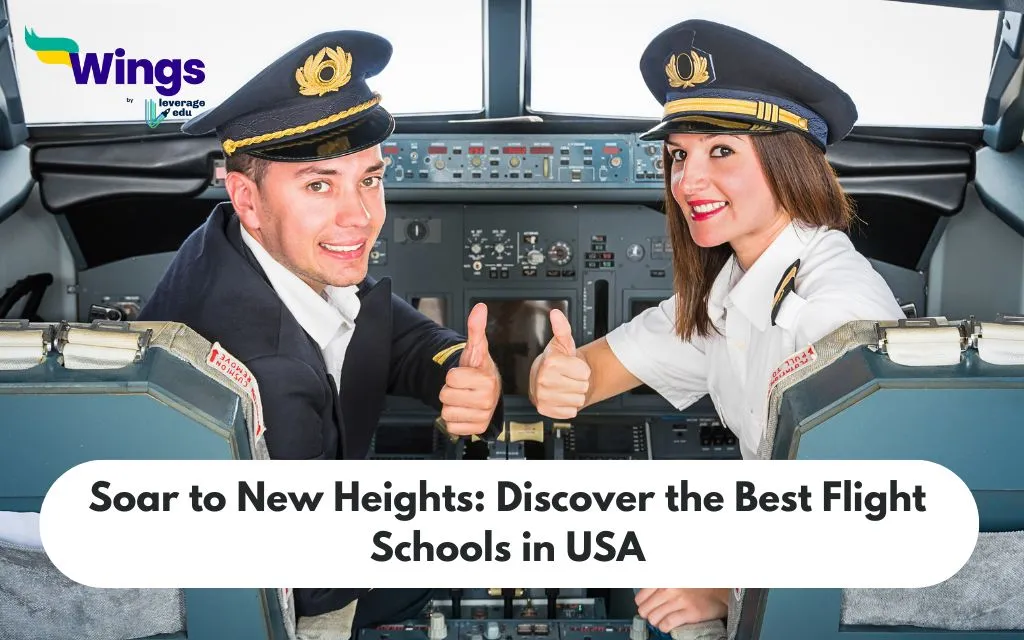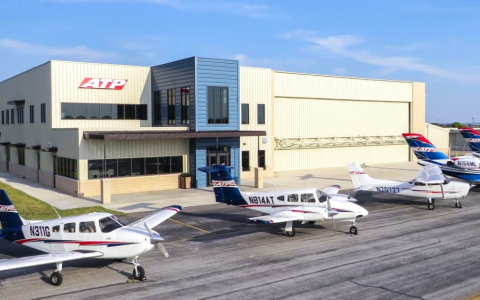The F-1 visa is a nonimmigrant visa for individuals wishing to pursue academic and vocational studies in the United States. Approved Federal Aviation Administration (FAA) Part 141 flight schools are often designated as Student and Exchange Visitor Program (SEVP)-certified institutions, enabling them to issue the necessary Form I-20 for international students seeking pilot training.
Eligibility and Requirements for F-1 Visa Pilot Training
To qualify for an F-1 visa for pilot training, applicants must meet several key criteria:
- Acceptance into an SEVP-Certified Flight School: You must first be accepted into a full-time flight training program at an SEVP-certified flight school. This school will provide you with a Form I-20 (“Certificate of Eligibility for Nonimmigrant Student Status”).
- Proof of Financial Resources: Applicants must demonstrate sufficient funds to cover all tuition fees, living expenses, and other associated costs for the entire duration of their training program without resorting to unauthorized employment in the U.S.
- Nonimmigrant Intent: You must prove to the consular officer that you have strong ties to your home country and intend to return there after completing your flight training. Evidence such as family, property ownership, or a job offer in your home country can support this.
- English Language Proficiency: As all flight instruction, materials, and FAA examinations are conducted in English, applicants must demonstrate adequate English proficiency. Some schools may require standardized tests like TOEFL or IELTS.
- Educational Background: A high school diploma or its equivalent is generally required for admission to flight training programs.
- Transportation Security Administration (TSA) Clearance: Foreign nationals seeking flight training in aircraft with a maximum certificated takeoff weight of 12,500 pounds or less must undergo a security threat assessment through the TSA’s Alien Flight Student Program (AFSP) before commencing any flight training. This is a separate process from the visa application but is mandatory.
The F-1 Visa Application Process for Pilot Training
The general steps to obtain an F-1 visa for pilot training include:

- Apply and Get Accepted: Research and apply to SEVP-certified flight schools. Once accepted, the school will issue you a Form I-20.
- Pay the SEVIS I-901 Fee: This fee supports the Student and Exchange Visitor Information System.
- Complete the Online Visa Application Form (DS-160): Fill out this form accurately and completely.
- Schedule and Attend a Visa Interview: Schedule an interview at the U.S. embassy or consulate in your country of residence.
- Prepare for the Interview: Gather all required documents, including your passport, Form I-20, SEVIS fee receipt, DS-160 confirmation page, financial proof, and any documents supporting your intent to return home.
- TSA AFSP Registration: Concurrently, or as advised by your flight school, initiate the TSA AFSP application process. Approval is required before flight training can begin.
Key Considerations for F-1 Pilot Trainees
- Full-Time Study: F-1 visa holders must maintain a full-time course load as defined by their flight school. This typically involves a minimum number of flight and ground school hours per week.
- Employment Restrictions: Off-campus employment is generally prohibited for F-1 students. Limited on-campus employment or specific types of practical training (like CPT or OPT) may be possible under strict rules and with authorization from the Designated School Official (DSO).
- Maintaining Status: It is crucial to adhere to all F-1 visa regulations, including attending all classes, making satisfactory academic progress, and not working without authorization, to maintain legal status in the U.S.
- Duration of Status (D/S): F-1 students are typically admitted for “duration of status,” meaning they can remain in the U.S. as long as they maintain their student status, plus a 60-day grace period after program completion to prepare for departure or apply for a change of status, if eligible.
- School Transfers: Transferring to another SEVP-certified institution requires a specific process managed by your DSO.
Disclaimer: Visa regulations can change. Always consult the official U.S. Department of State and U.S. Citizenship and Immigration Services (USCIS) websites, or a qualified immigration attorney, for the most current information.


